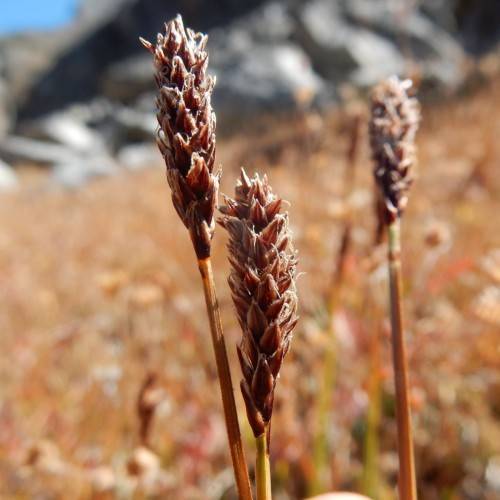
Western Single-Spike Sedge
Carex scirpoidea subsp. pseudoscirpoidea
Watering:
Average
Hardiness Zone:
Flowers:
Flowers
Sun:
Sun, Partial Shade, Deciduous Shade (Spring Sun)
Soil:
Loam, Humus Enriched
Leaf:
Yes
Growth Rate:
Low
Drought Tolerant:
Yes
Salt Tolerant:
Yes
Invasive:
Yes
watering
Rough Sedge should be watered regularly but not frequently to help the plant establish a healthy root system. Generally, watering once every 7-10 days should be enough. Water thoroughly and deeply to ensure the soil is moist, but not in a soggy state. To check if it is time to water again, stick your finger into the soil to a depth of roughly 2 inches and feel if it is still damp. If it is dry, it is time to water again.
sunlight
Rough Sedge plants need between 4 and 6 hours of direct sunlight each day in order to thrive. During the summer months, when the days are longest and the sunlight is most intense, direct sun is beneficial to these plants only in the early morning and late evening. During the spring, autumn, and winter, direct sunlight is best during the middle of the day. Additionally, the Rough Sedge will do best when placed in an area with indirect light during the remainder of the day.
pruning
Rough Sedge (Carex scabrata) should be pruned late-spring to early-summer, after the plant’s grown new shoots. Pruning strength should be light since this plant species is sensitive to hard pruning. Start by removing the oldest and most damaged stems, as well as any that are crossing or rubbing against others. If the plant is unruly or grown too tall, prune the stems back by up to 1-third. For a nice shape, cut stems to 1 height or round over the top. To improve the plant's overall health, trim off seed heads if forming.
